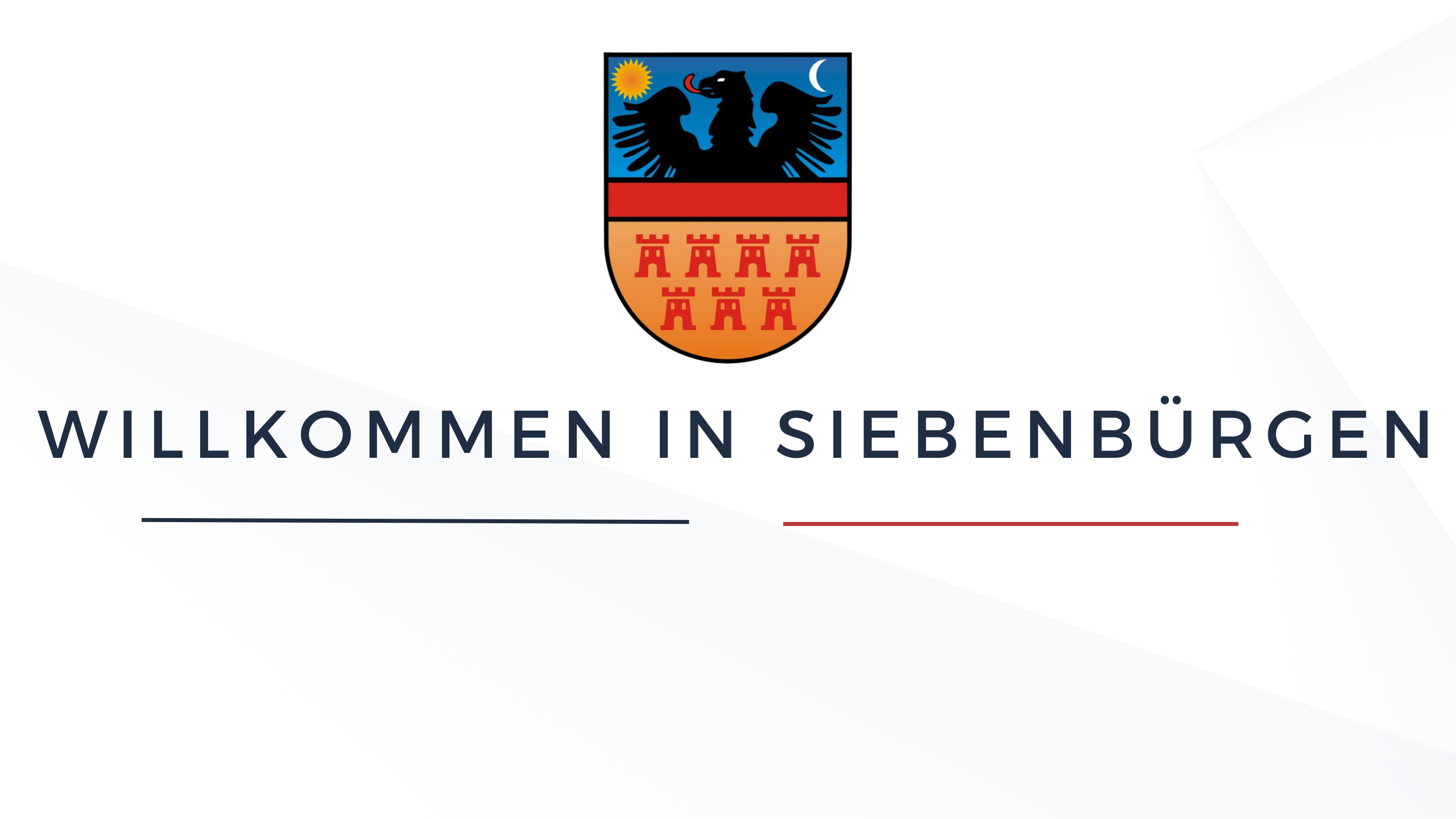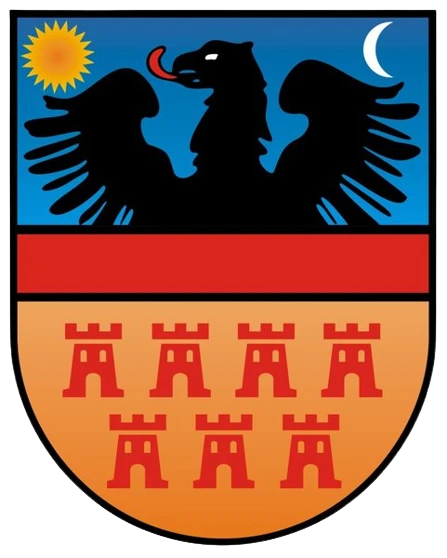You can find many wonderful documentaries about Romania in the media libraries of ARD, ZDF, 3sat, and ARTE. I have put together a small selection for you here.
The only downside is that if you don't live in Germany, you'll need a VPNi.e. a German IP address, as the media libraries don't accept foreign IP addresses (Geoblocking).
Transylvania: Most people think of it as the home of Count Dracula. The region is located in a still unspoiled corner of southeastern Europe, shielded by the Carpathian Mountains in central Romania. It is a wilderness unlike any other in Europe. Transylvania is home to all three of Europe's large land predators: brown bears, wolves, and lynxes. Nowhere else in Europe—apart from Russia—are there more of them than here.
No country in Europe has more bears than Romania, probably more than 6,000! In Transylvania in particular, they often come dangerously close to humans. In many places, nerves are on edge.
Christoph Promberger knows firsthand how the Bavarian Forest National Park has improved the quality of life for the entire region. They have settled at the foot of the Fagaras Mountains and are pushing ahead with one of the most ambitious European nature conservation projects: the establishment of a national park in the Southern Carpathians, which is to cover 250,000 hectares, ten times the size of the Bavarian Forest National Park.
We take the Wassertalbahn railway in northeastern Romania, starting from Viseu de Sus. It is the only forest railway still in operation in the Carpathian region. In northeastern Romania, there are forests where wolves howl, bears snort, and steam engines let deafening whistles echo through the green solitude. In Viseu de Sus, also known as Oberwischau, the only forest railway in Europe that still runs on steam is in operation. The Wassertalbahn.
In Sighisoara, a small town in the Kokel Valley, almost everything is still as it was around 1200, when mainly German settlers settled here. The castle complex they built, with seven defensive towers and around 150 residential buildings, is the only surviving ensemble of its kind in Transylvania. What countless wars, devastation, and looting failed to achieve throughout history, a demolition-happy dictatorship almost succeeded in doing.
The view from the high banks is breathtaking: flat lagoons and wild forests of swaying reeds as far as the eye can see, crisscrossed by a labyrinth of countless sparkling waterways. Gnarled white willows line the banks, then there are clear, herb-rich lakes with colorful carpets of flowers and a loud chorus of frogs. It is a seemingly endless wilderness of water and land. Not a single road leads to the Danube Delta. The region is one of the most remote in Europe.








